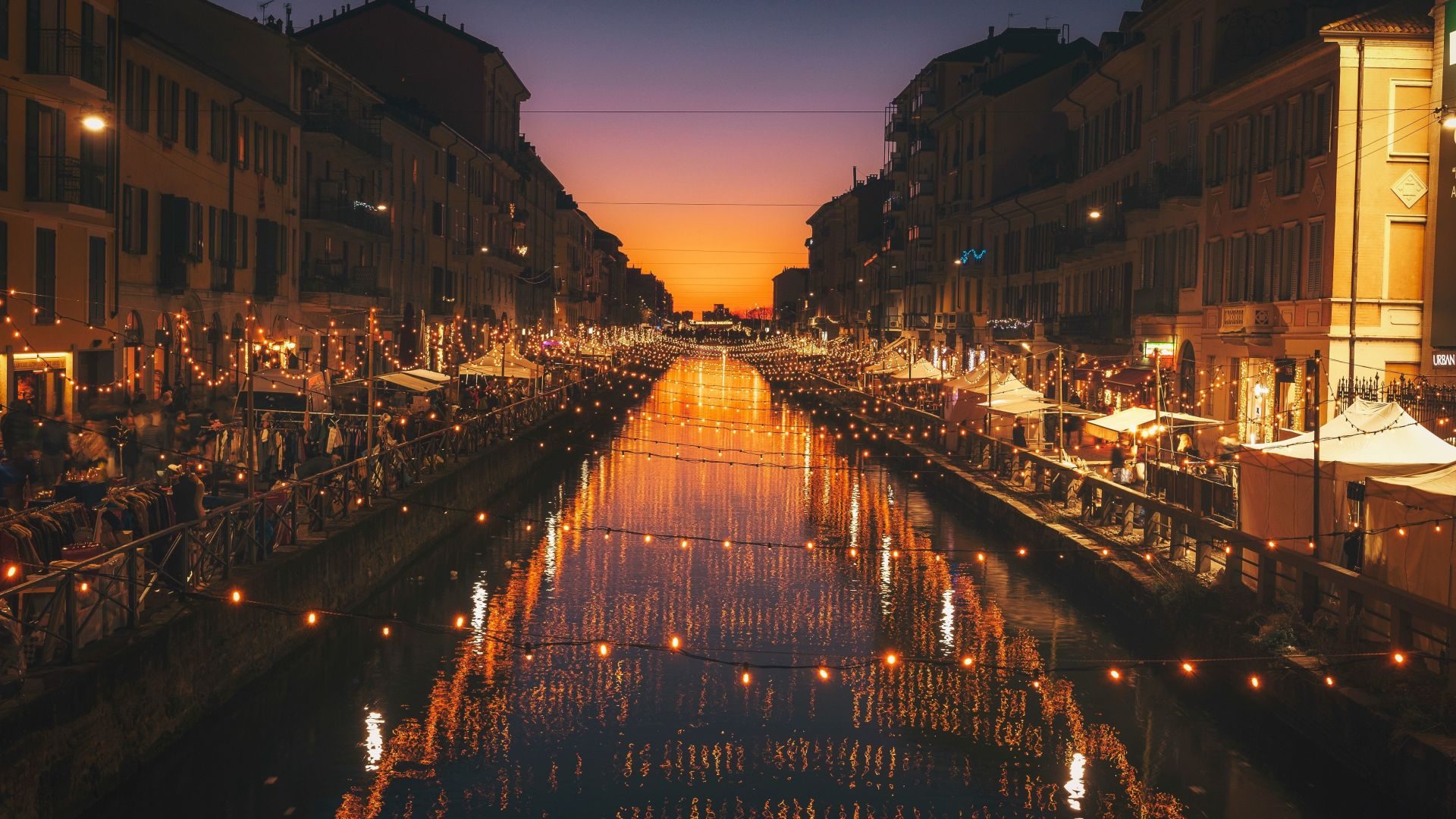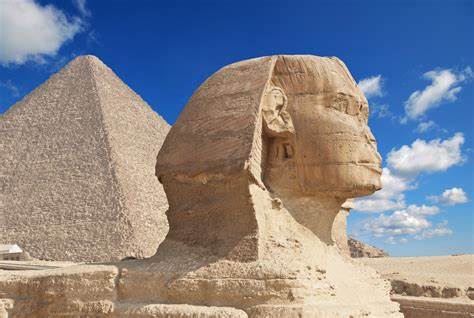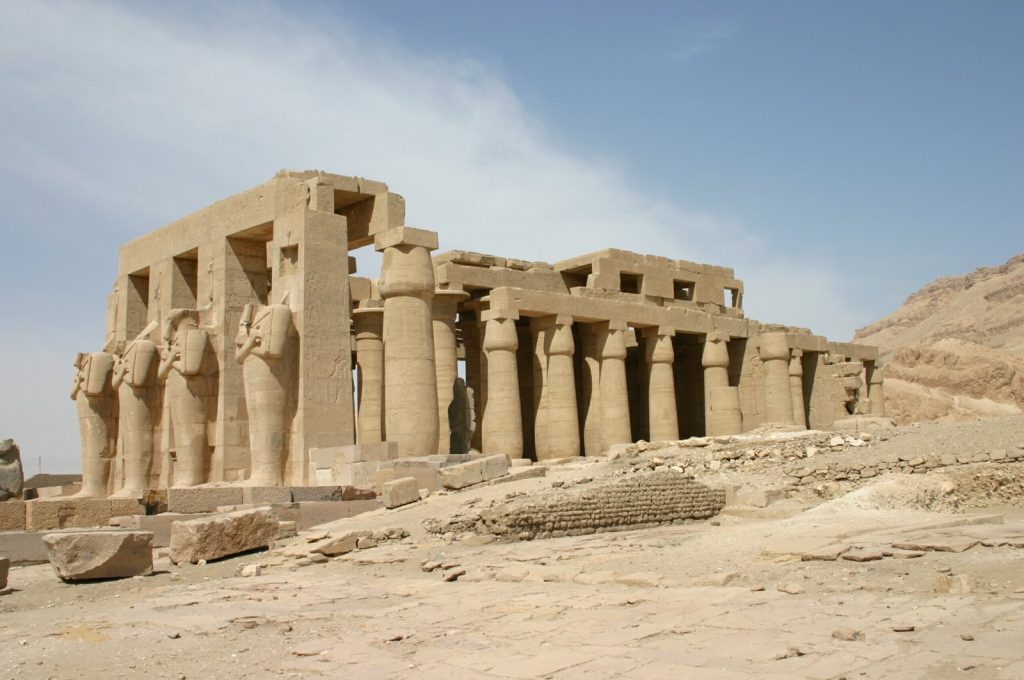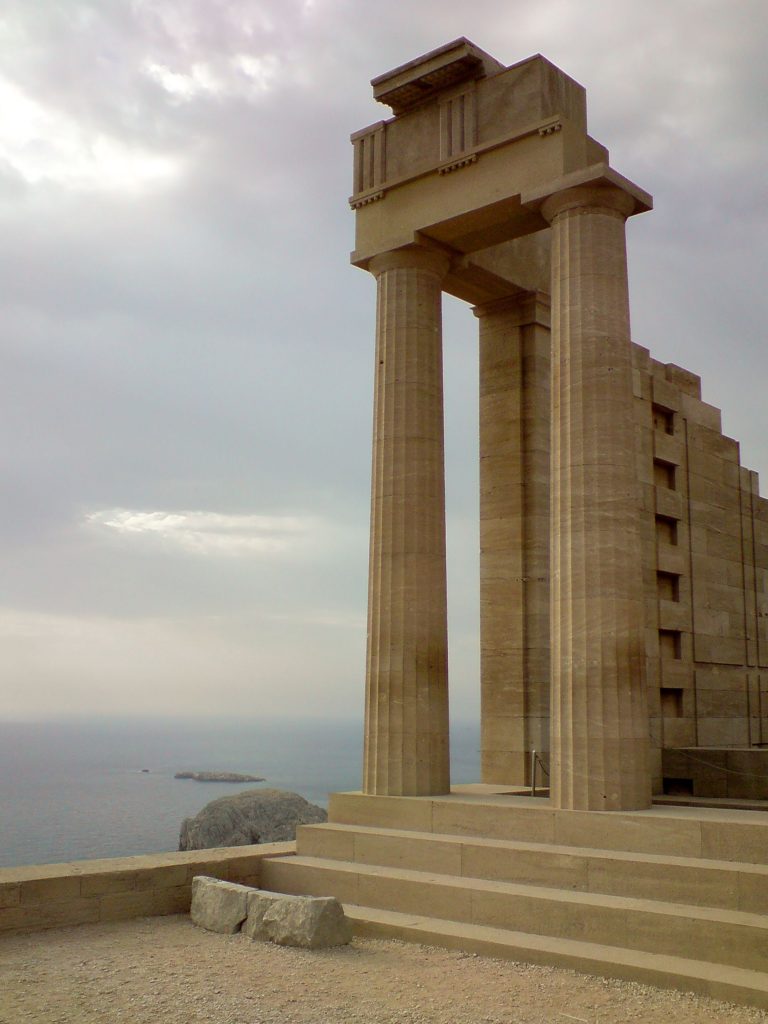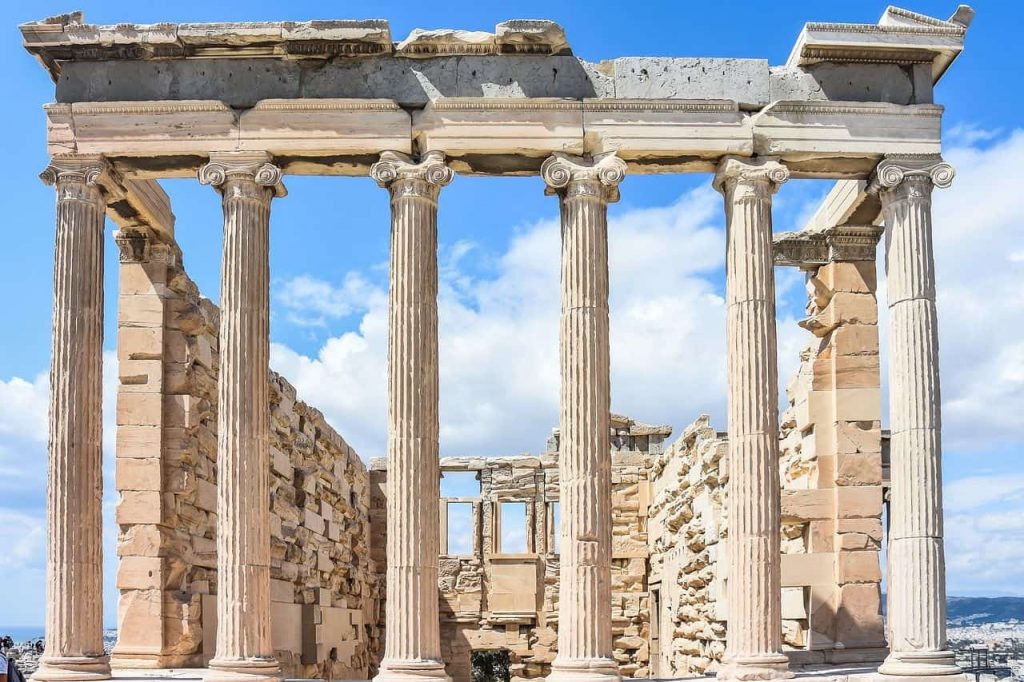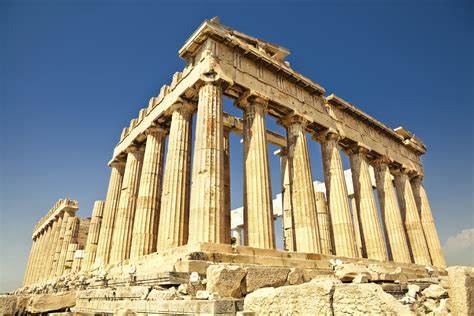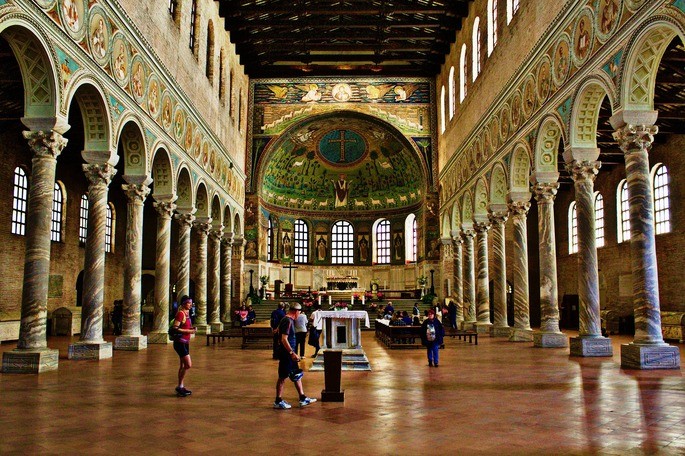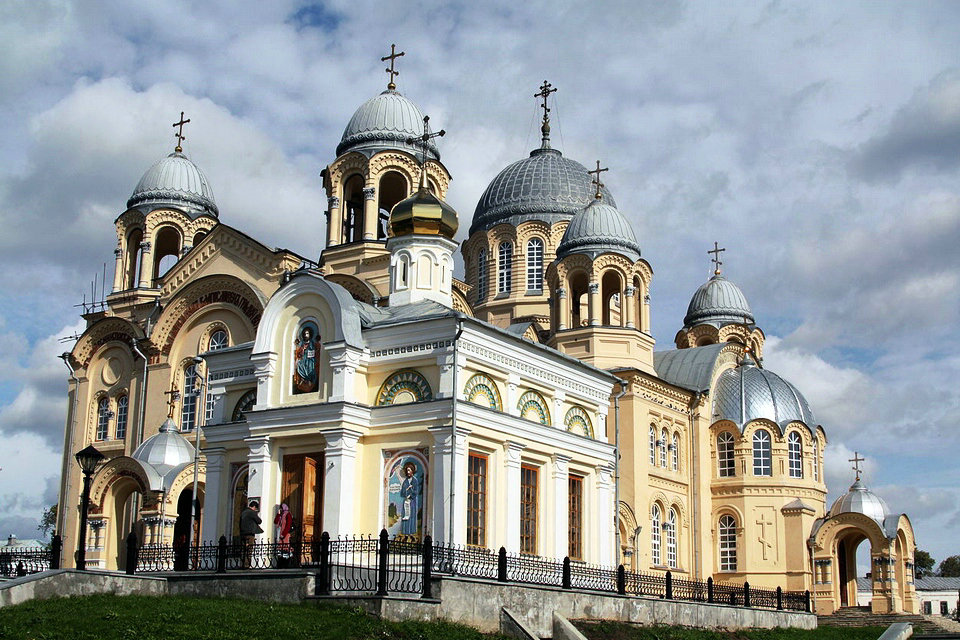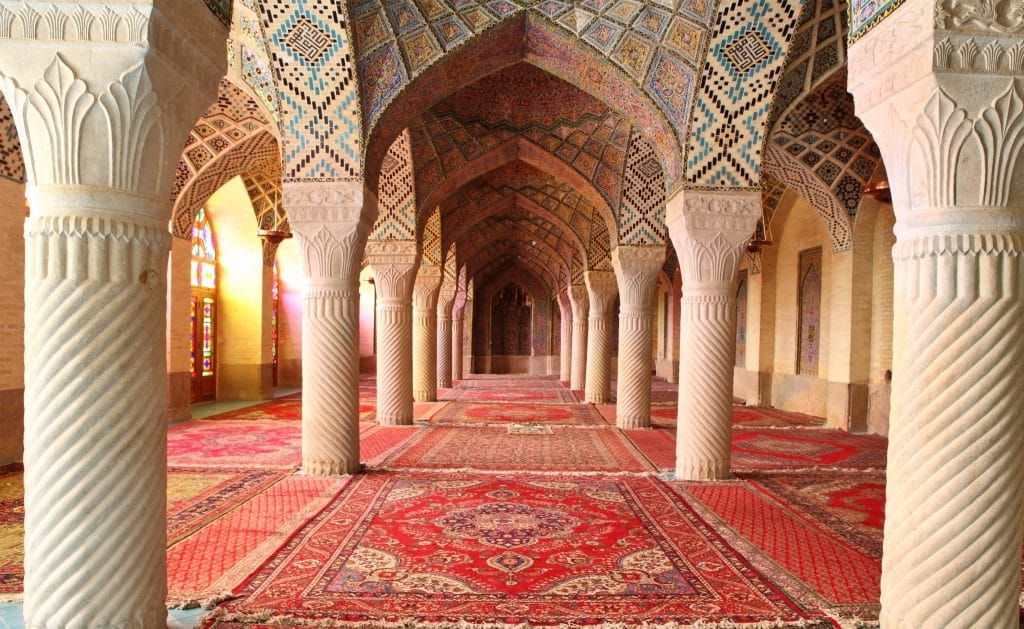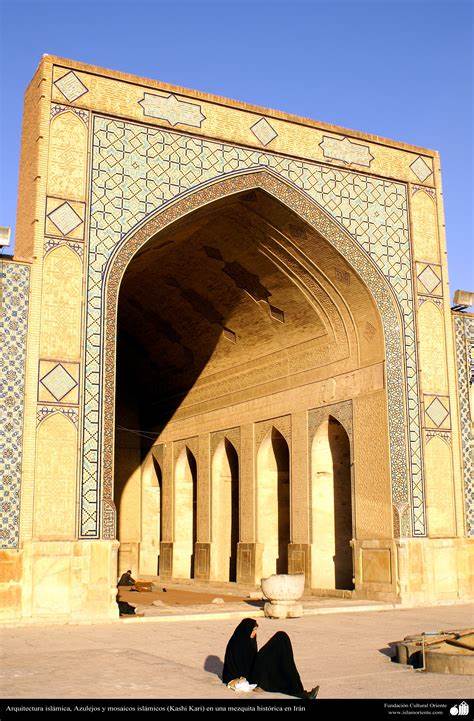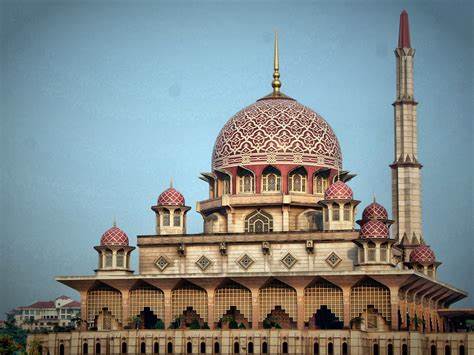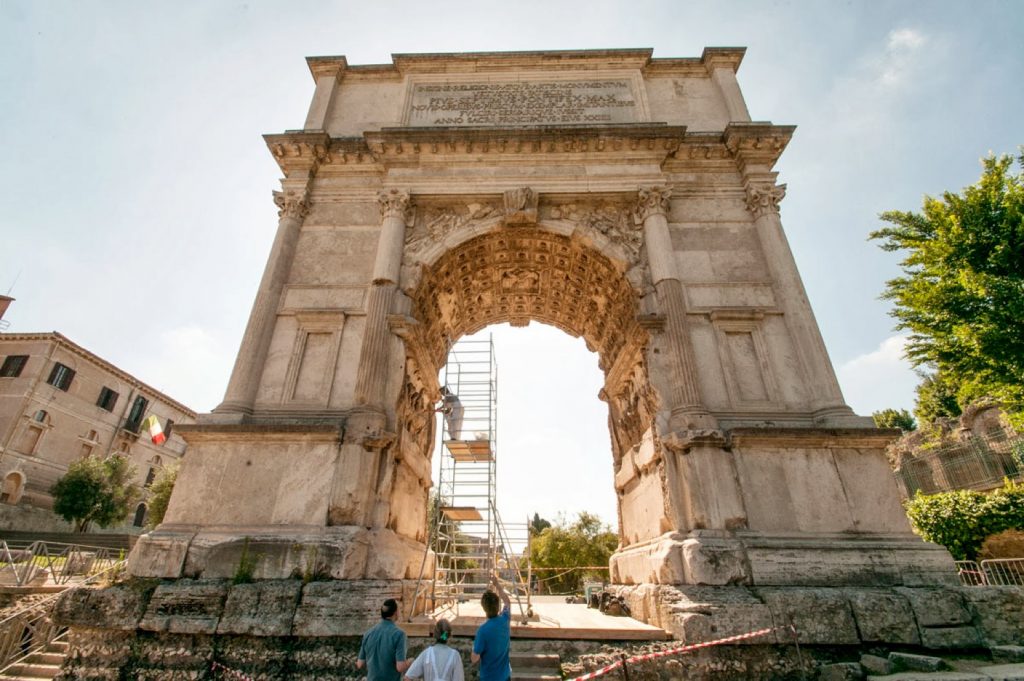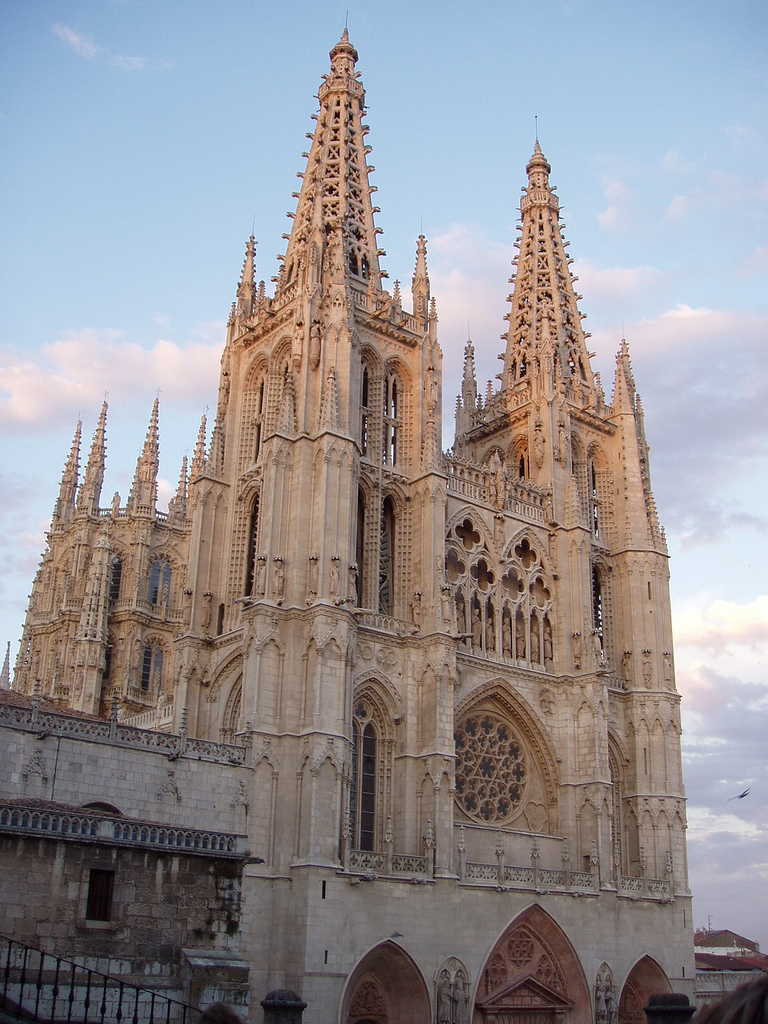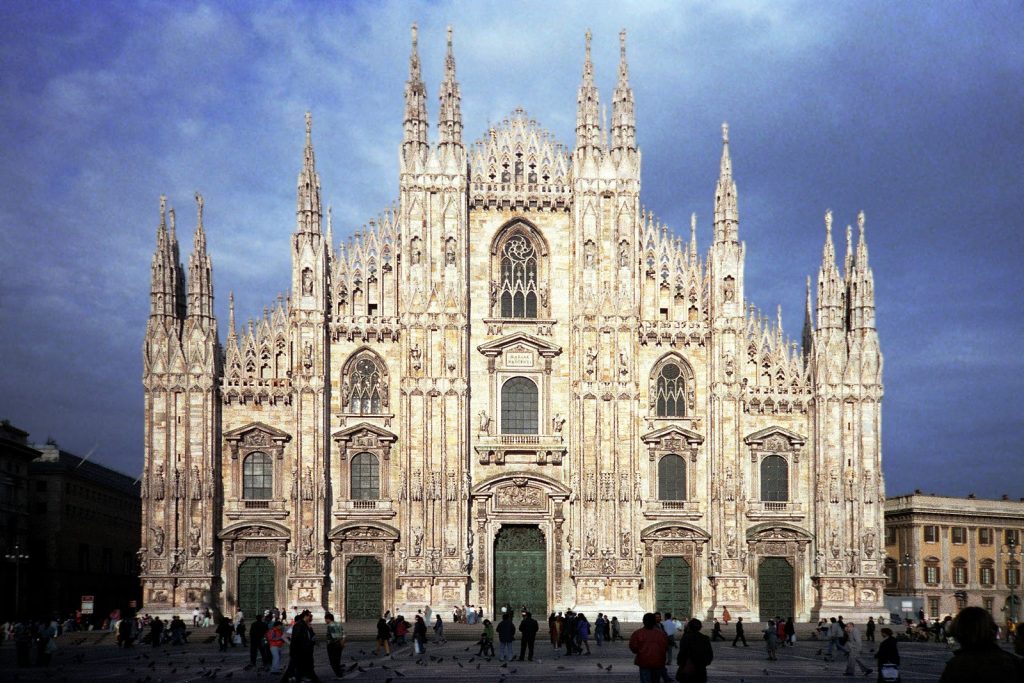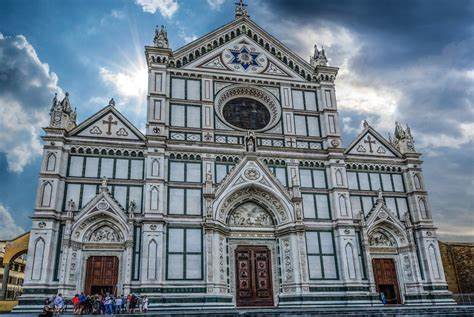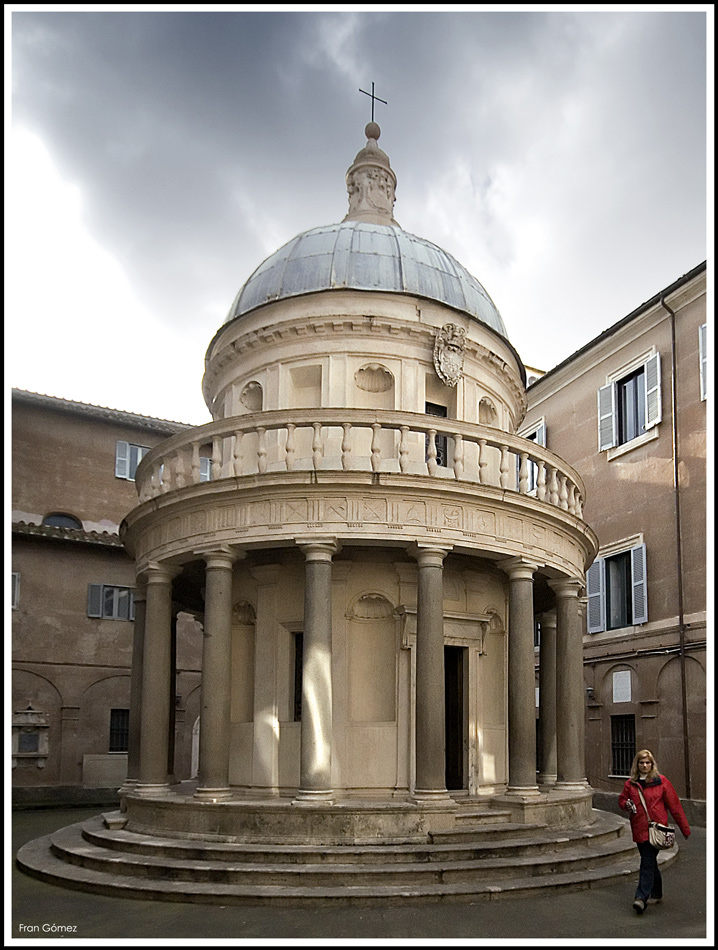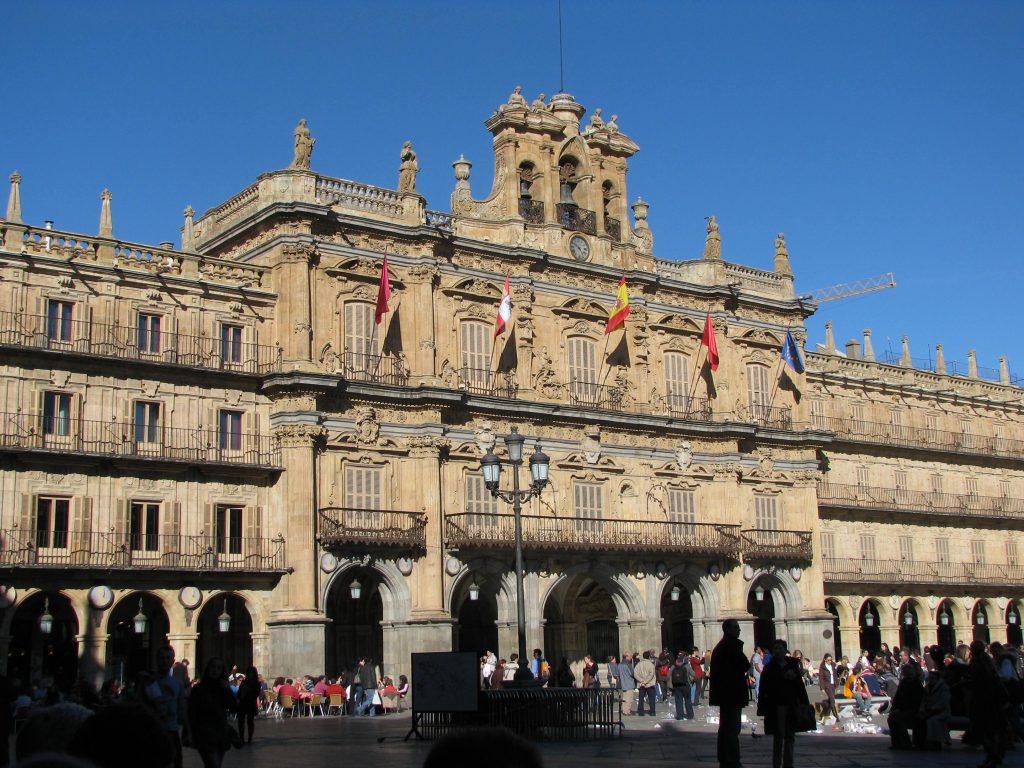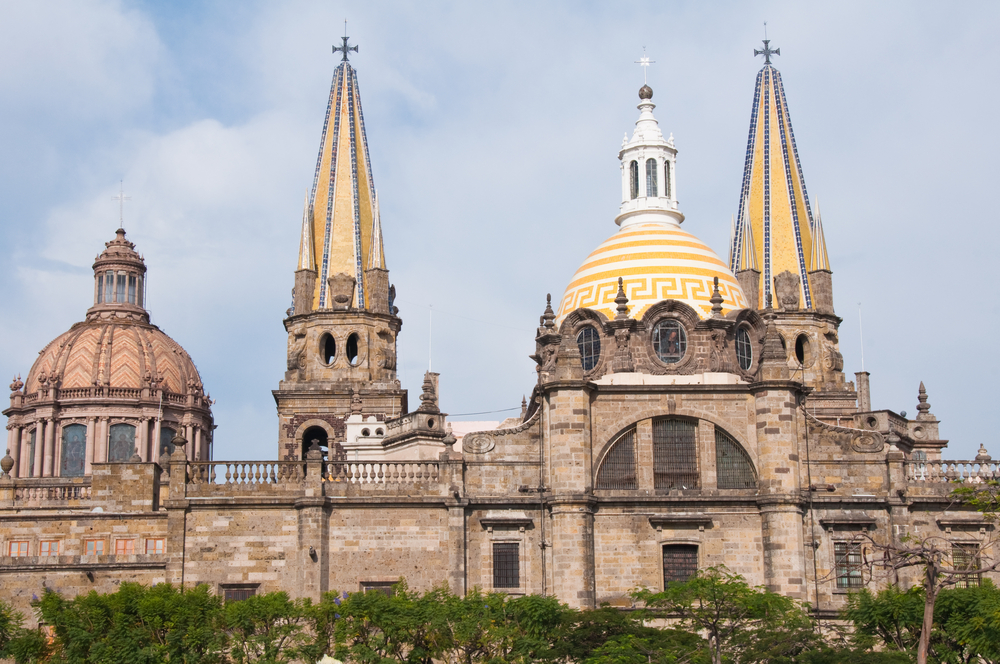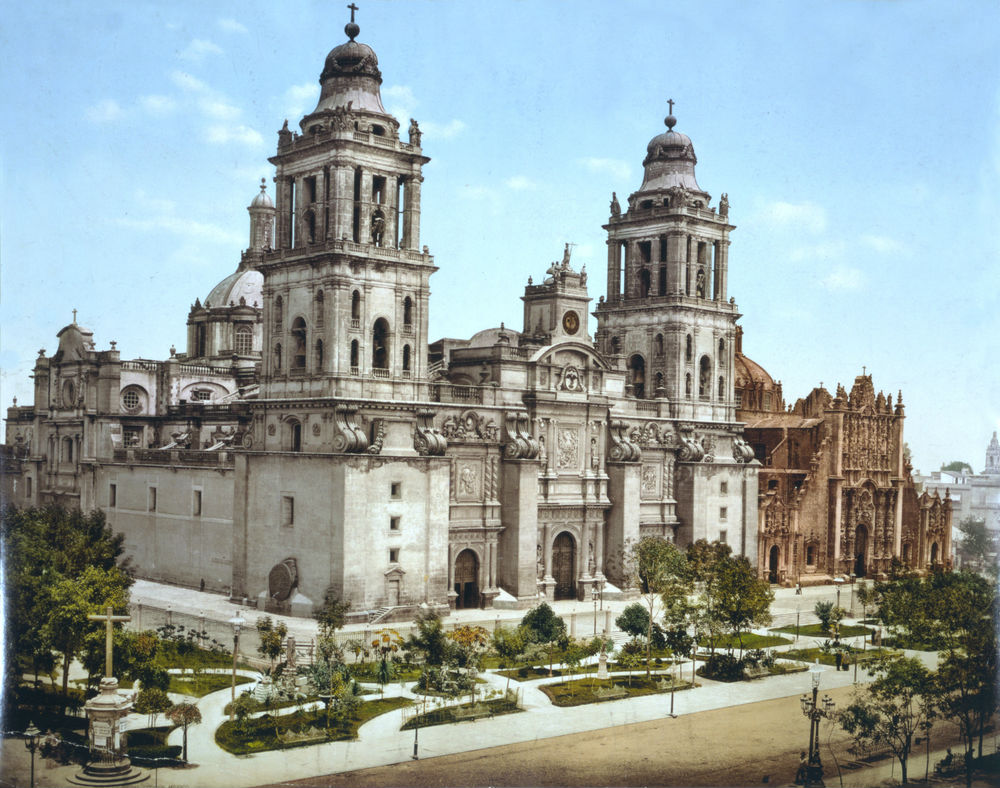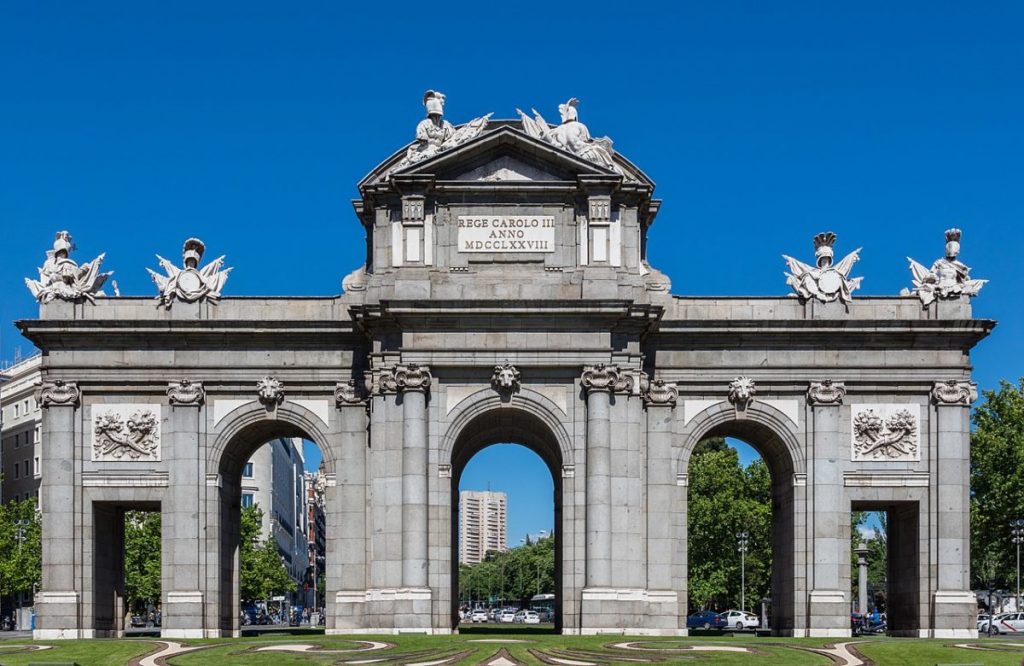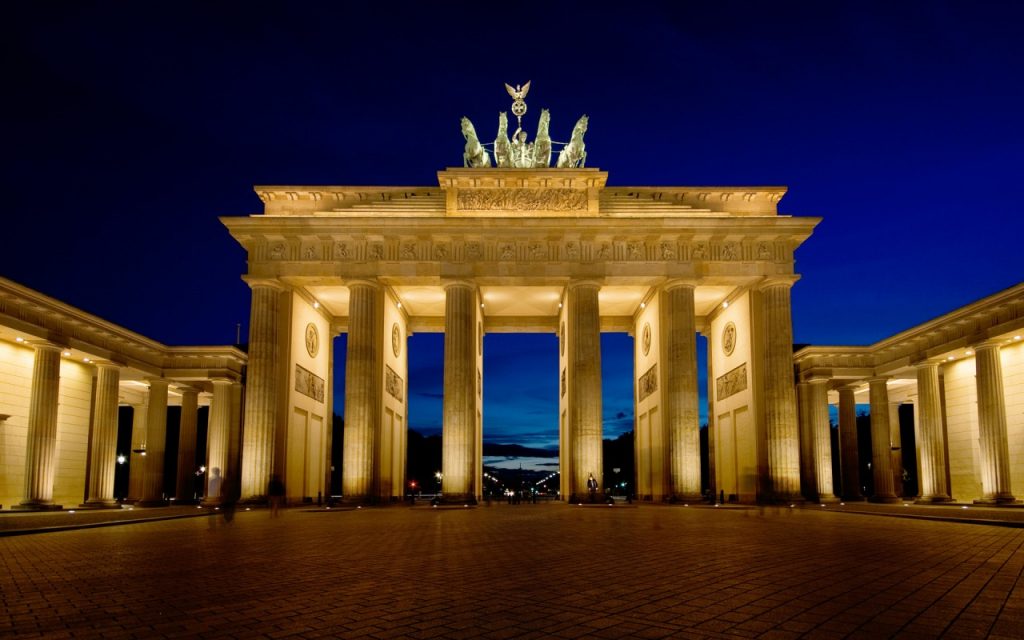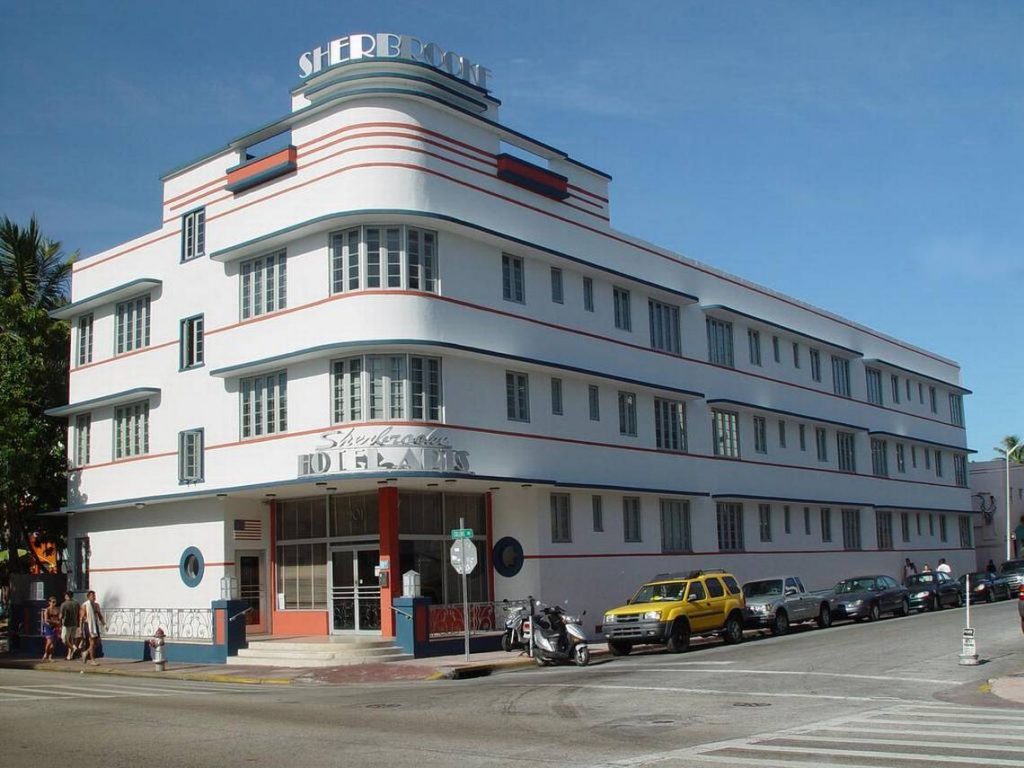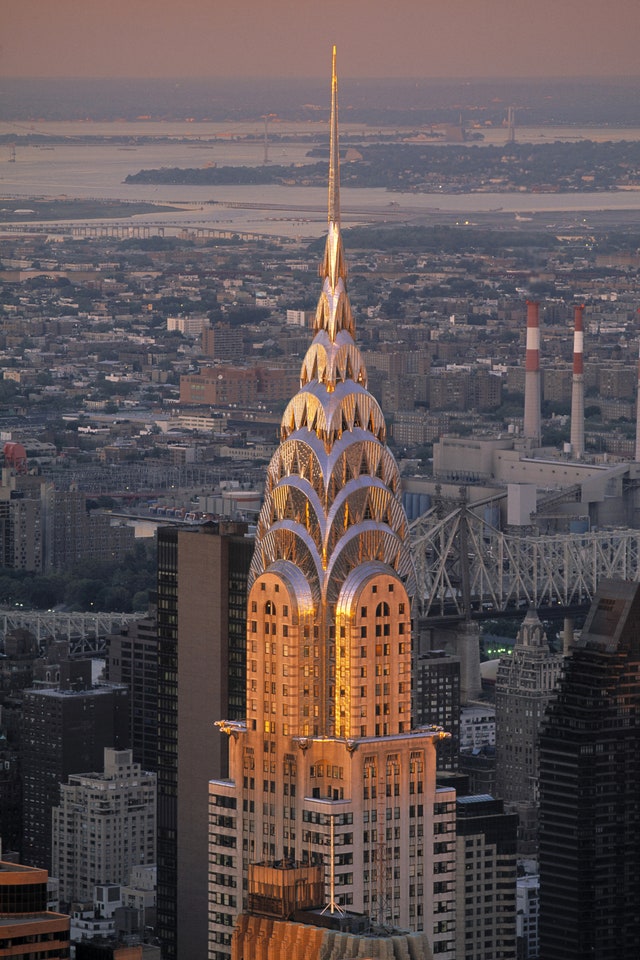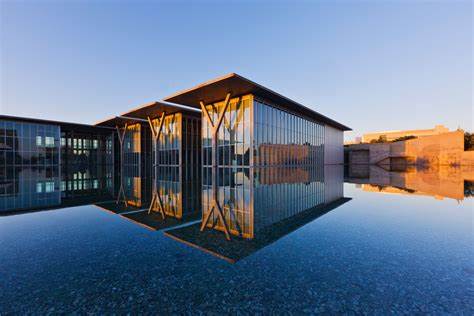PREHISTORY
Before recording history, humans build mounds of earth, stone circles, megaliths, and structures that are often baffled by today’s archaeologists. Prehistoric architecture includes monumental structures, such as Stonehenge, dwellings on the cliffs of the Americas, and straw and mud structures that were lost to time.
ANCIENT EGYPT
In ancient Egypt, powerful rulers built pyramids, temples, and monumental shrines. Far from the primitive, huge structures such as the pyramids of Giza were feats of engineering capable of reaching great heights.
CLASSIC
From the rise of ancient Greece to the fall of the Roman Empire, large buildings were built according to precise rules. Classical orders, which define column styles and entablature designs, continue to influence the design of buildings in modern times.
BIZANTINE
After Constantine moved the capital of the Roman Empire to Byzantium (now Istanbul) in 330 AD, Roman architecture became an elegant, classically inspired style that uses brick instead of stone, vaulted ceilings, semicircular arcades, and elaborate mosaics. Emperor Justinian (527 AD to 565 AD) led the march.
ISLAMIC
It became popular in the Iberian penisnsula. In this type of architecture you can see the importance given to water and towers.
ROMANESQUE
As Rome spread throughout Europe, Romanesque architecture also with the emergence of rounded arches. The churches and castles of early medieval times were built with thick walls and heavy piers.
GOTHIC
Pointed arches, ribbed vaults, flying buttresses and other innovations led to the highest, most elegant architecture.Gothic ideas gave rise to magnificent cathedrals such as Chartres and Notre Dame.
REINASSANCE
A return to classical ideas ushered in an «age of awakening» in Italy, France and England. Andrea Palladio and other builders sought the classical orders of ancient Greece and Rome. Long after the Renaissance era ended, architects in the Western world were inspired by the wonderfully proportioned architecture of the period.
BAROQUE
In Italy, the Baroque style is reflected in the opulent and dramatic churches with irregular shapes and extravagant ornamentation. In France, the highly ornate Baroque style is combined with classical restraint. Russian aristocrats were impressed by Versailles in France, and incorporated Baroque ideas into the St. Petersburg building. Elements of the elaborate Baroque style are found throughout Europe.
NEOCLASSIC
A keen interest in the ideas of Renaissance architect Andrea Palladio inspired a return of classical forms in Europe, Britain and the United States. These buildings were provided according to classical orders with details taken from ancient Greece and Rome.
19TH CENTURY
ART DECO
ART MODERNE
